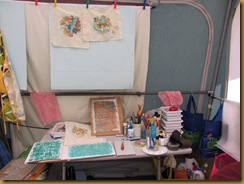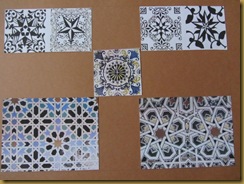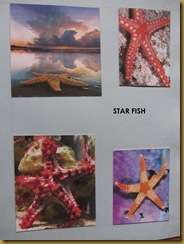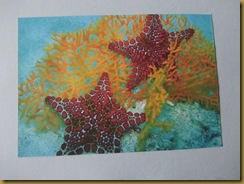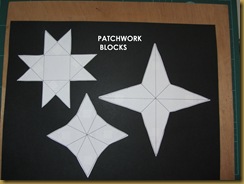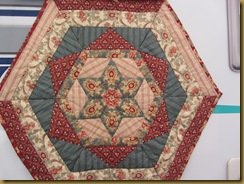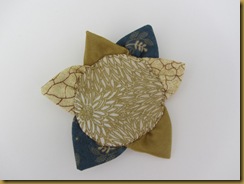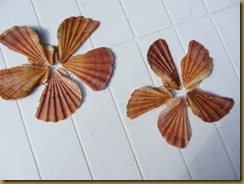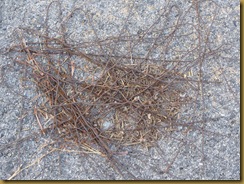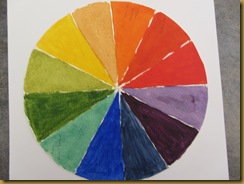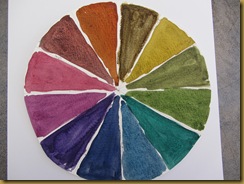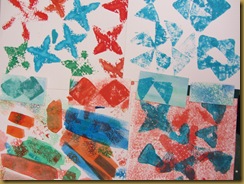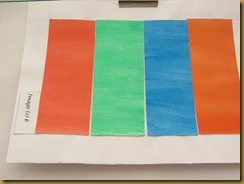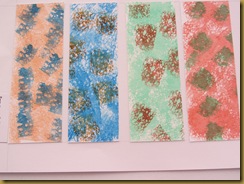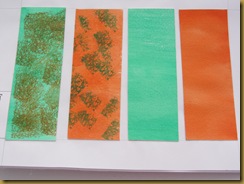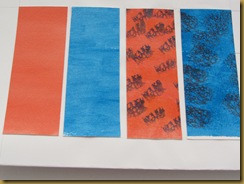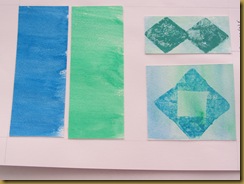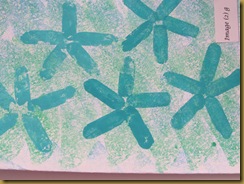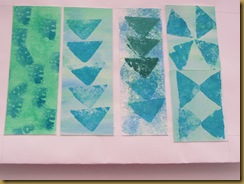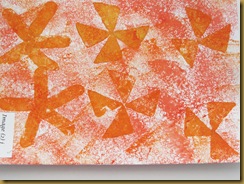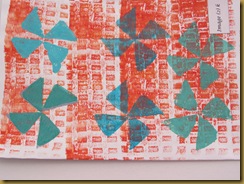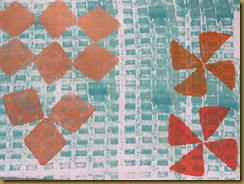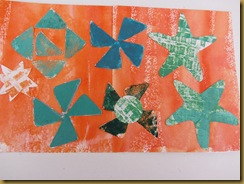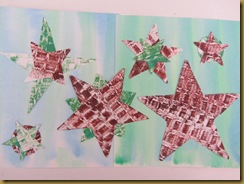Hello Sian,
thank you for your constructive and helpful feed back on my posts for Chapters 1 and 2. I have revised my work on Chapter 1 following your tips and advice. It is included below. I added some extra material as well as including notes and numbers for the images. I am progressing with Chapter 3 and will include some information on Health and Safety issues as well as photos of my self at work next time I post. I was a primary school teacher for many years so realise that a safe working environment is important. However I feel , as you said, that much of it is just common sense! I am lucky to have a dedicated ‘work station’ it does not have to be packed away and is not in a kitchen. There is a picture of my work place below. I already have several design ideas inspired by my research images. I am developing these in my head and on my pin board. (I managed to find space for one!) I have been looking around for suitable plain fabrics here but have not had much luck. I found some white, pure cotton, Portuguese tea towels that I could dye/print etc but I need more variety. Can you recommend any good web sites for fabric?
I would still be happy to come to the summer school at short notice. Many thanks again. Regards Lorna
Module 1 . Shape and Colour
Inspirational phrases – stars in your eyes – star quality – star struck – star gazing – morning star – shooting star – galaxy of stars
Inspirational Images
Image 1 a
These images of galaxies were taken by the Hubble telescope. They are amazing.
------------------------------------------
Image 1 b
These images of tile patterns were taken from several sources. The top line were inspired by the ‘Arts and Craft ‘ movement. The middle tile is a traditional Portuguese design and the bottom images are of tile patterns from the Alhambra in Grenada.
-----------------------------------
Image 1 c and d
These images of star fish were taken from the National Geographic’ magazine library. They are so colourful and inspirational.
-----------------------------------------
Image 1 e
These images are of traditional patchwork blocks. I love patchwork and they come from my own collection of books and designs.
-----------------------------------------
Image 1 f
This image is of a patchwork quilt I made recently. It is my serendipity quilt because it was finished just before I decided to start this course and had no idea about the ‘star’ theme.
--------------------------------------
Image 1 g
These images are of crochet motifs. Crochet is another of my passions. Designs can be very traditional as in these motifs or more modern and free form.
-------------------------------------------
Image 1 h
An appliqué star made from scraps of patchwork fabric
------------------------------------------
Image 1 i
This image was made using broken pieces of scallop shell collected on a nearby beach. The ribbed pattern gives a lovely surface texture.
----------------------------------------
Image 1 j
A random collection of umbrella pine needles that I noticed on the ground when out for a walk. I can see a distorted star shape and I feel it has the look of a star galaxy with radiating spikes of light.
Colour Wheels
These colour wheels were painted with water colours because I already own lots them and I will need to use them for the coloured papers in Chapter 2. The recommended inks are not available in Portugal.
Image 1 k
The hues are intense with lots of pigment added to a little water.
----------------------------------
Image 1 l
Image 1
The tints were painted using the traditional water colour method of adding more water to the original hue and allowing the white background to show through. Adding white paint would make the tint dull and opaque.
--------------------------------------------
Image 1 n
The shades were painted by adding black to the original hues. The changes are amazing, they appear very different from the original hues.
